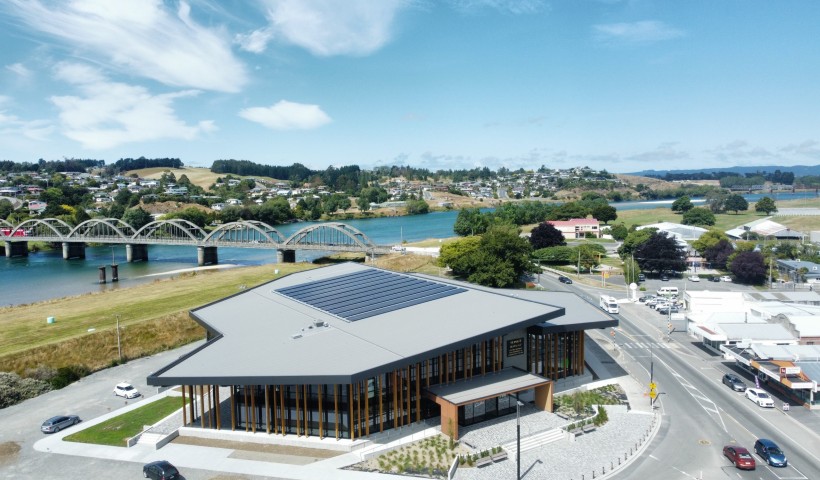
In urban environments, the acoustic performance of commercial building envelopes is crucial due to their proximity to multiple noise sources like traffic, industry, and entertainment venues. To ensure an acoustically comfortable interior, addressing airborne sound transmission, rain noise, and absorption is vital. Selecting roof and façade systems with superior acoustic performance creates quieter and more comfortable indoor spaces, promoting productivity and satisfaction.
The roof and façade systems play crucial roles in shielding occupants from external noises. Standardised testing with Sound Transmission Class (STC) or Weighted Sound Reduction Index (Rw) numbers assesses performance levels. A higher STC/Rw indicates superior acoustic performance, limiting noise intrusion and containing indoor noise generated by plant rooms or entertainment venues.
Rain noise is another critical consideration, with the roof surface either amplifying or muting the rain's drum. Testing for rain noise involves generating artificial rainfall above the roof and measuring the resulting noise from below. The resulting LIAM (Level Index for Artificial Rain Noise) indicates the roof system's effectiveness in reducing rain noise.
Acoustic absorption is essential to create fit-for-purpose commercial spaces. It involves materials or objects absorbing sound energy, with the Noise Reduction Coefficient (NRC) measuring the extent of absorption. Values above 0.7 NRC are highly absorbent. A significant technique to achieve acoustic absorption is perforating the interior facing elements of the roofing system, allowing the roof to act as an absorber without the need for a suspended ceiling.
RoofLogic systems have undergone comprehensive acoustic testing at reputable laboratories: Canterbury Acoustic Testing Services (CATS) Laboratory and Auckland University Acoustic Testing Services (ATS). Testing followed ISO standards, evaluating sound transmission control, rain noise reduction, and sound absorption capacity.
The popularity of warm roof and facade systems is on the rise due to their proficiency in addressing thermal, hygrothermal needs, and impressive acoustic performance. These intelligent envelope options have become preferred choices for designers. With RoofLogic's commitment to delivering exceptional acoustic performance data, valuable insights empower building designers and acoustic engineers to create indoor spaces that enhance occupant well-being.
Image Credits:
Nelson Airport, FiberTite Membrane Warm Roof (Studio Pacific Archtitecture)
Charles Ferguson Building, FiberTite Membrane (Warren and Mahoney)
Whitirea Wellington Cuba-Dixon Precinct, FiberTite Membrane (Athfield Architects)
Ohope School (Ignite Architects)
Text: Hedda Landreth, BMus, MArch, MASNZ









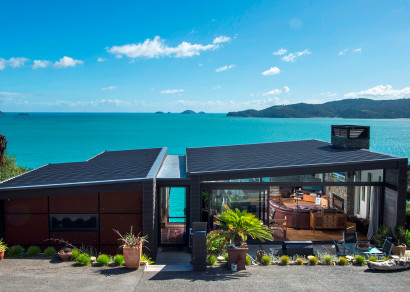


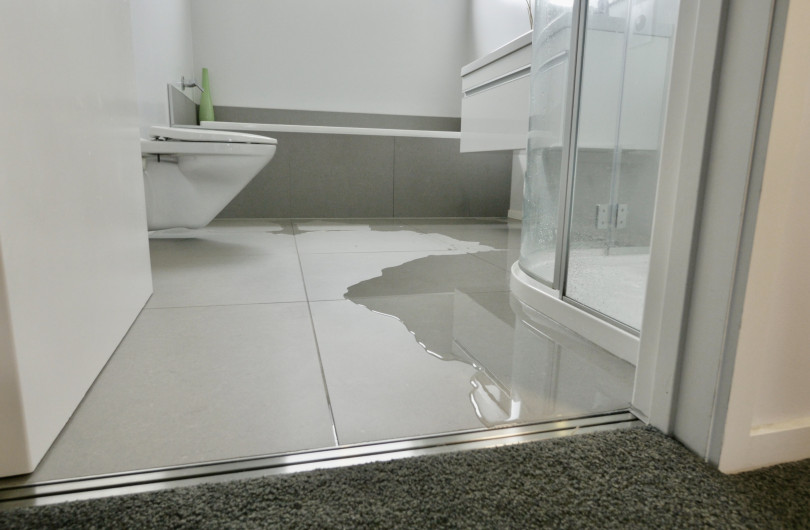
 Product News
Product News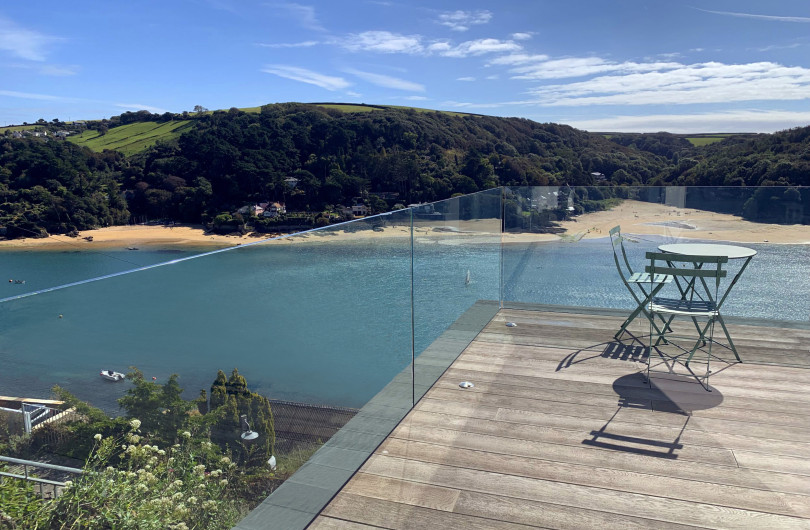
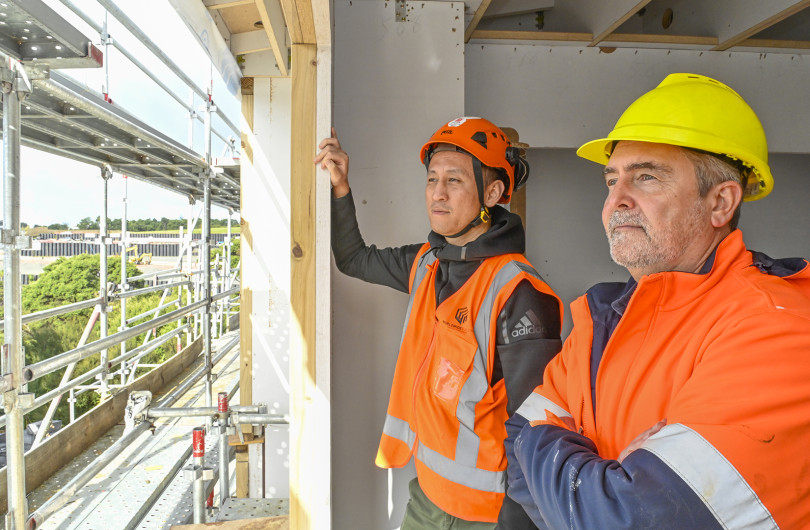

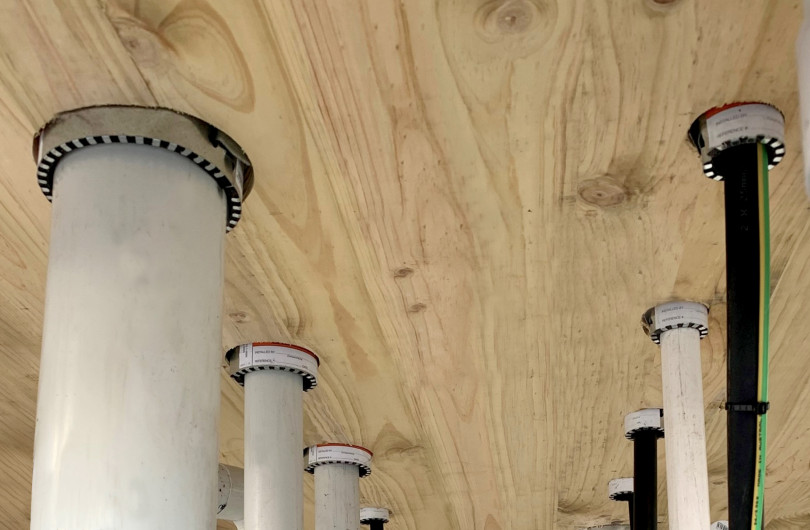

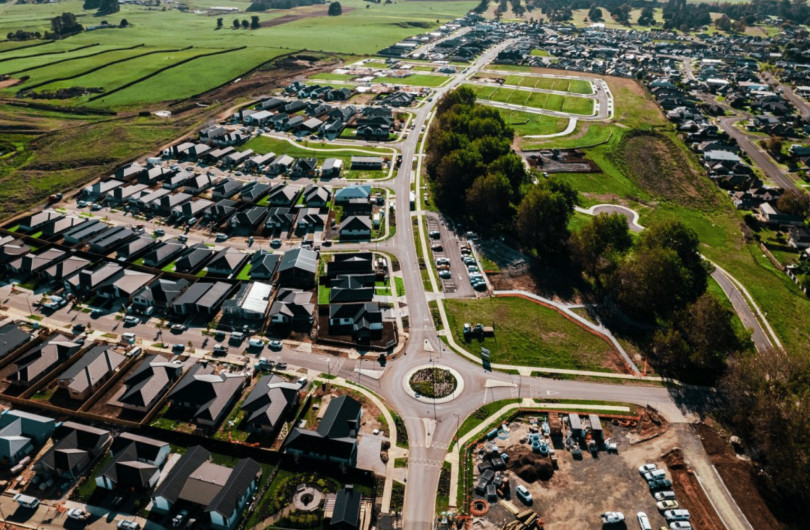

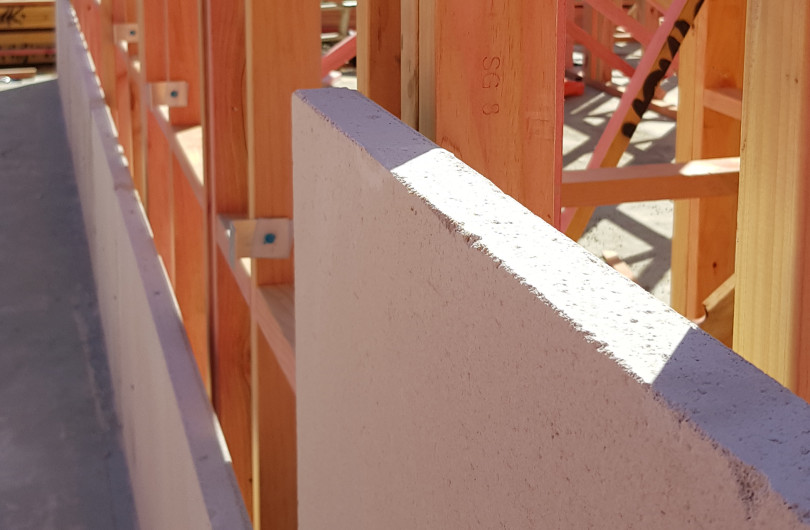


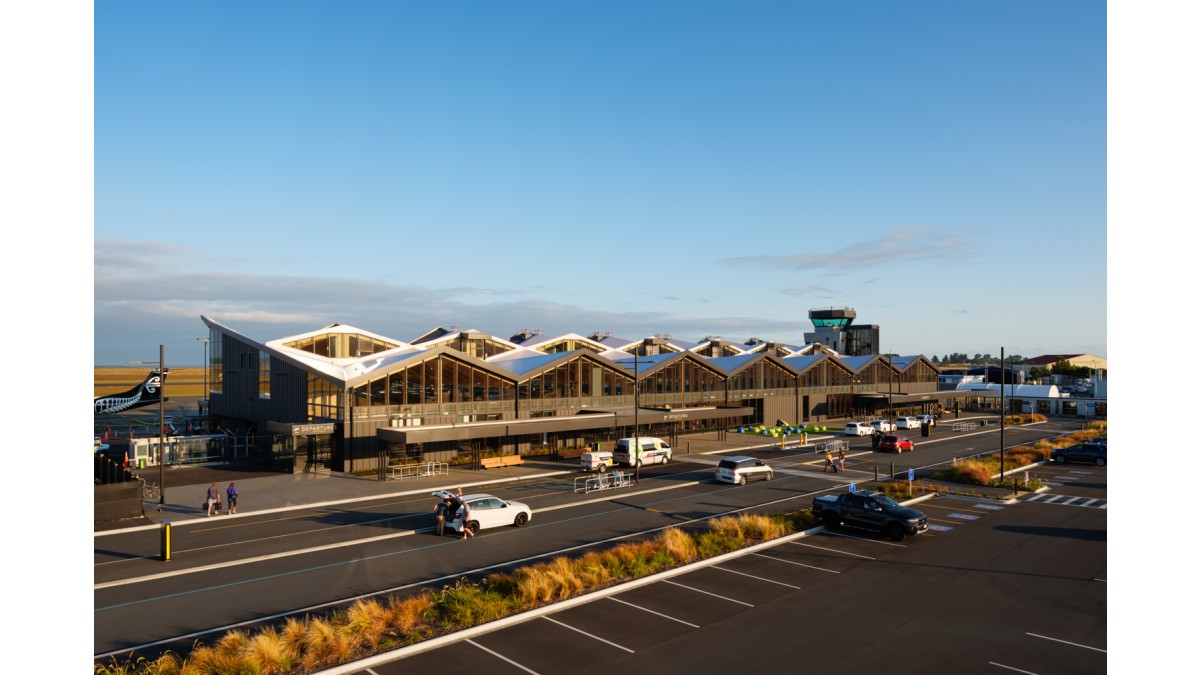
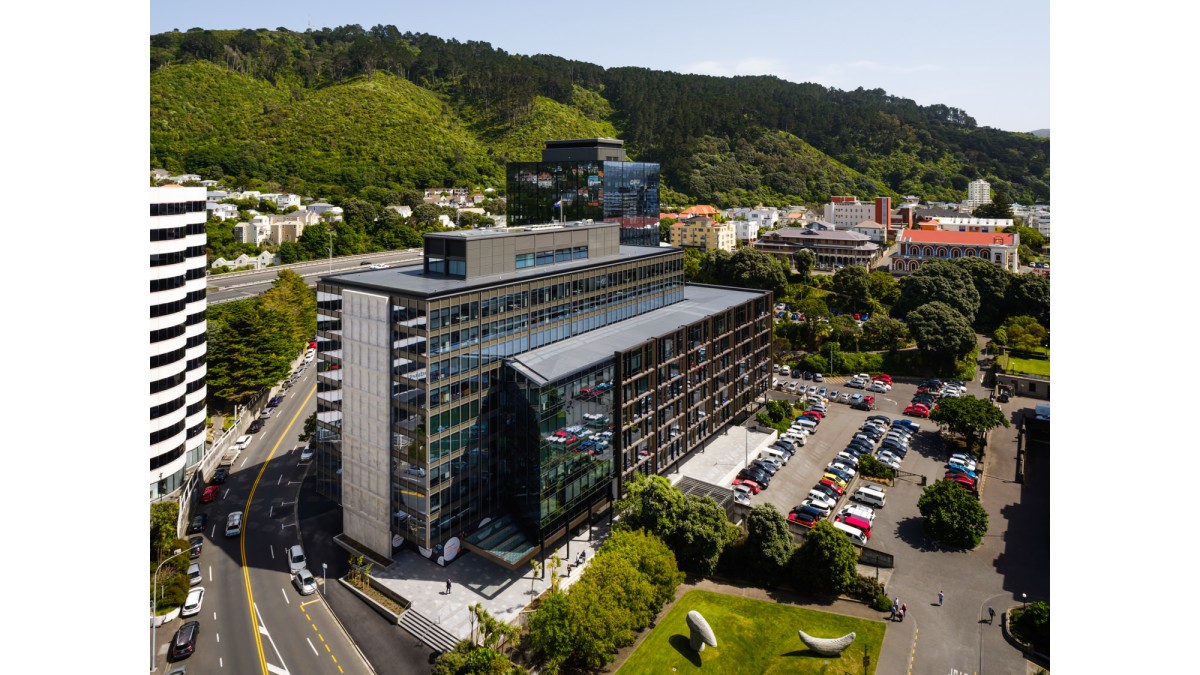
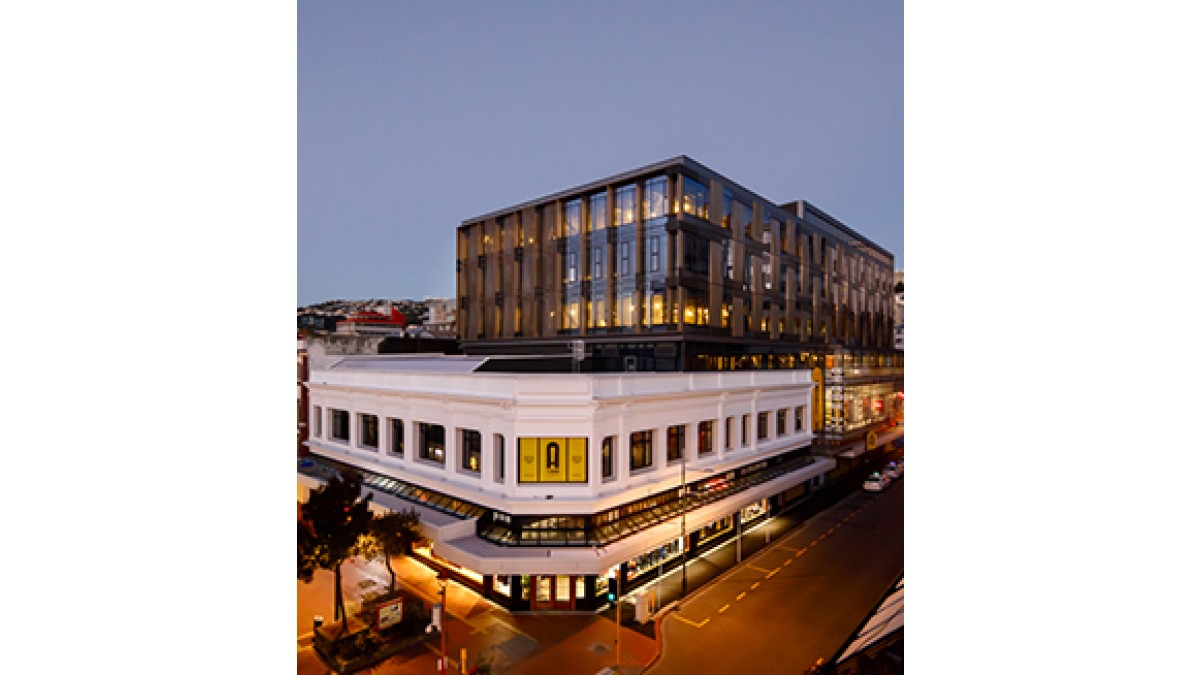
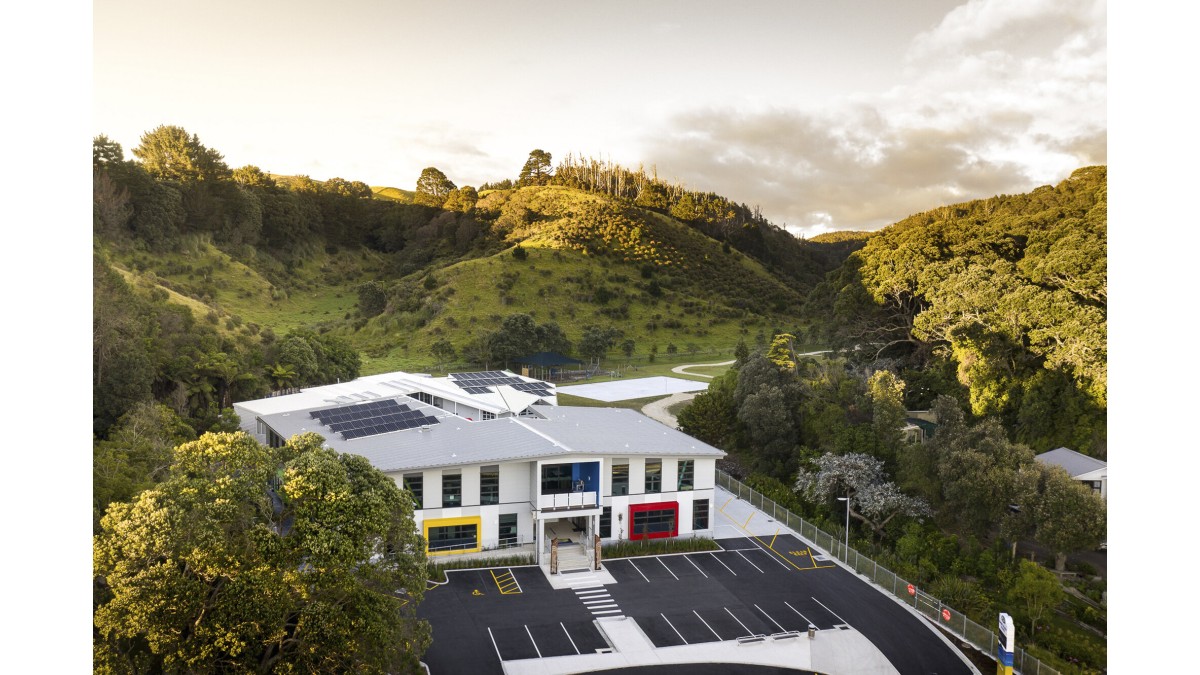


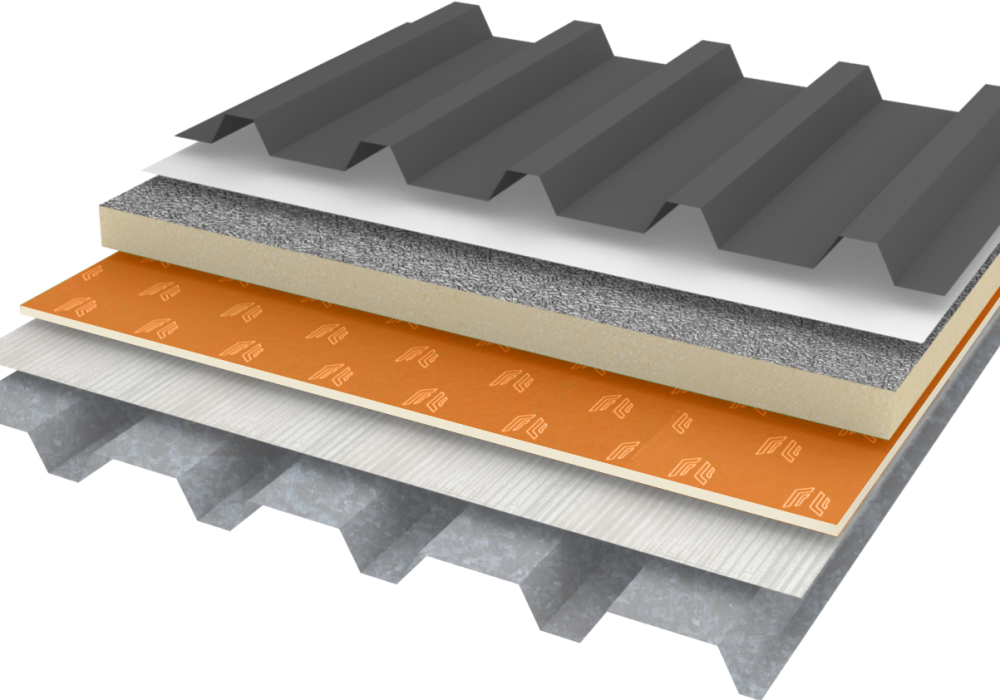
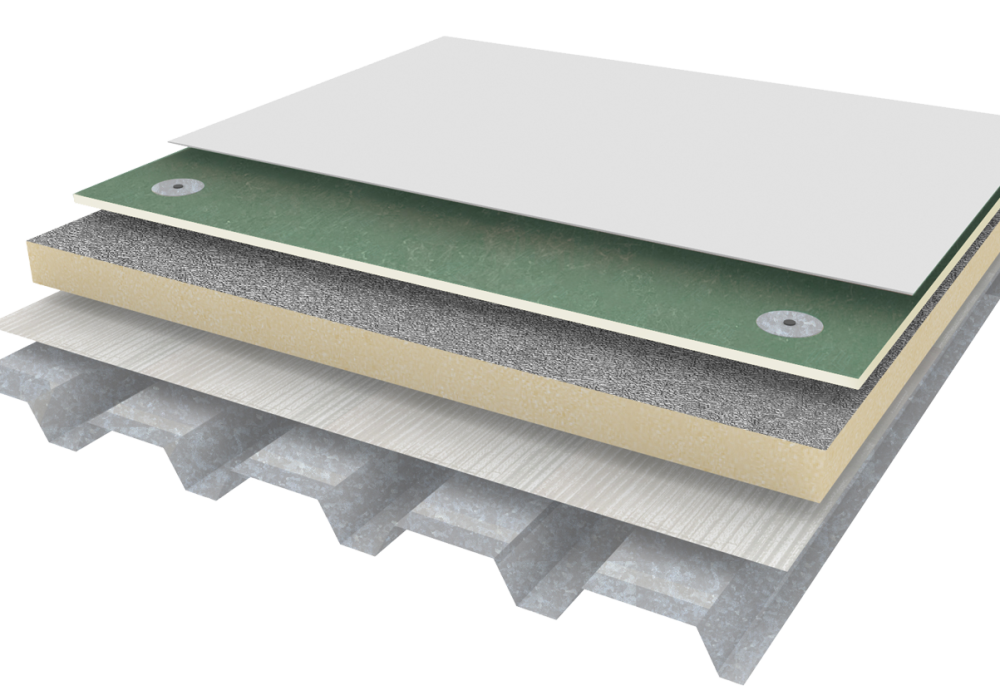
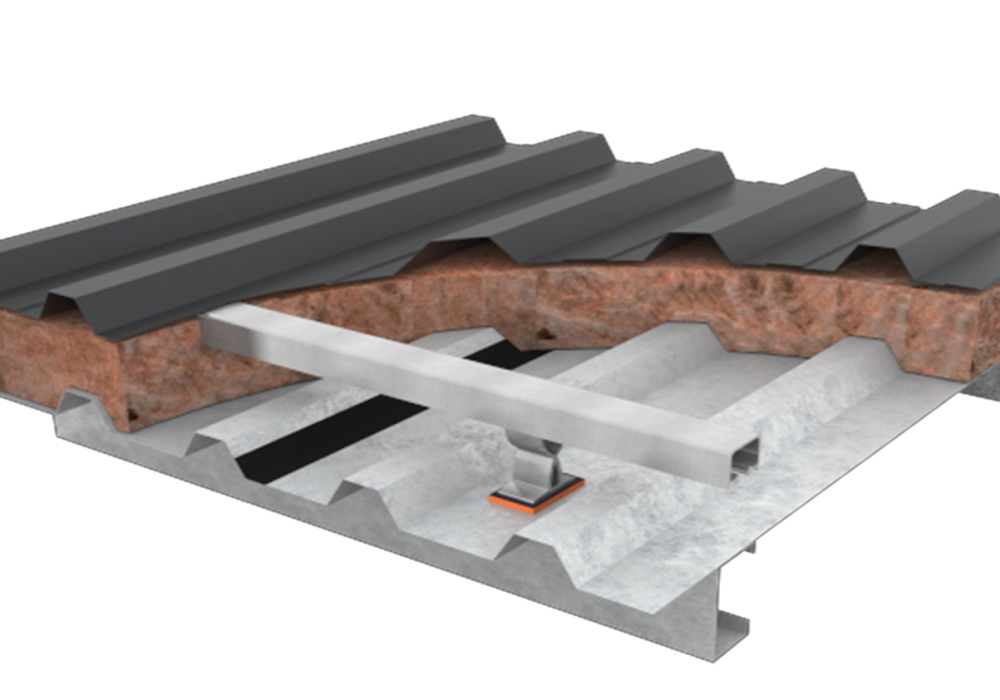

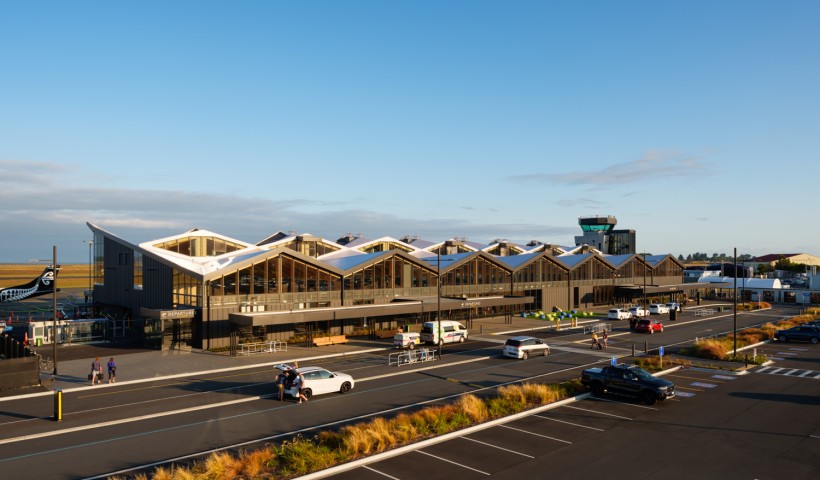
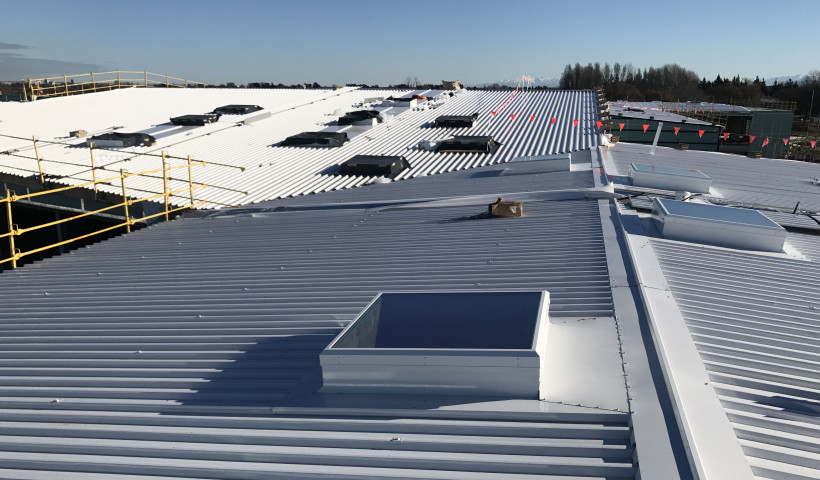
 Popular Products from RoofLogic
Popular Products from RoofLogic


 Most Popular
Most Popular


 Popular Blog Posts
Popular Blog Posts
